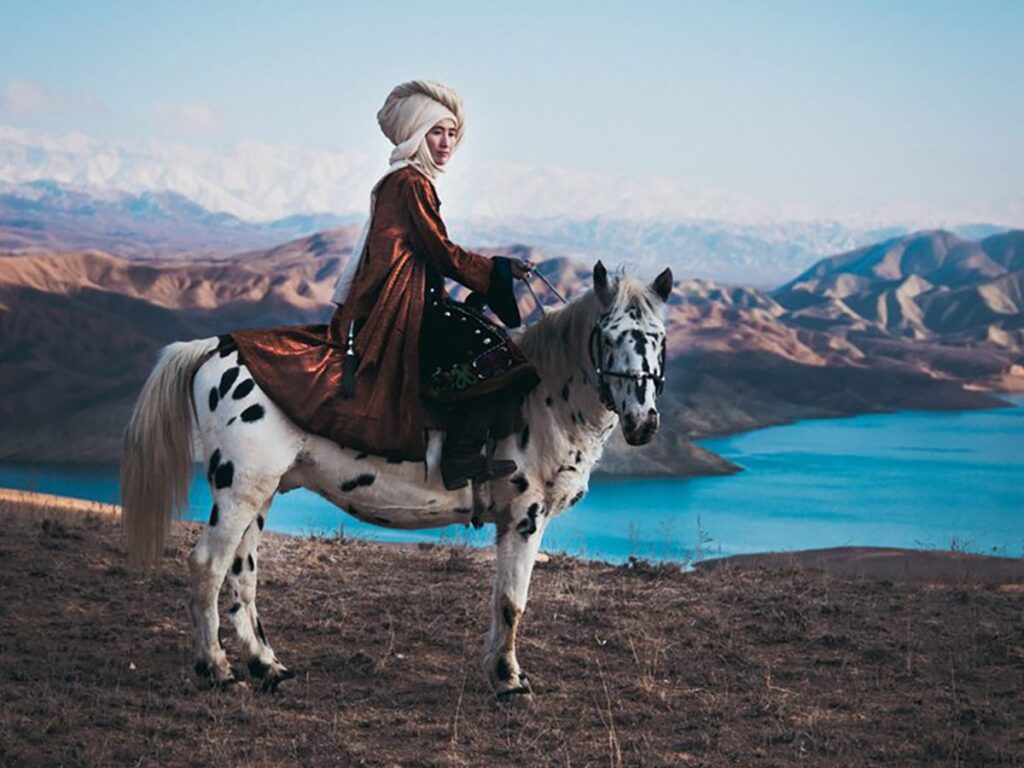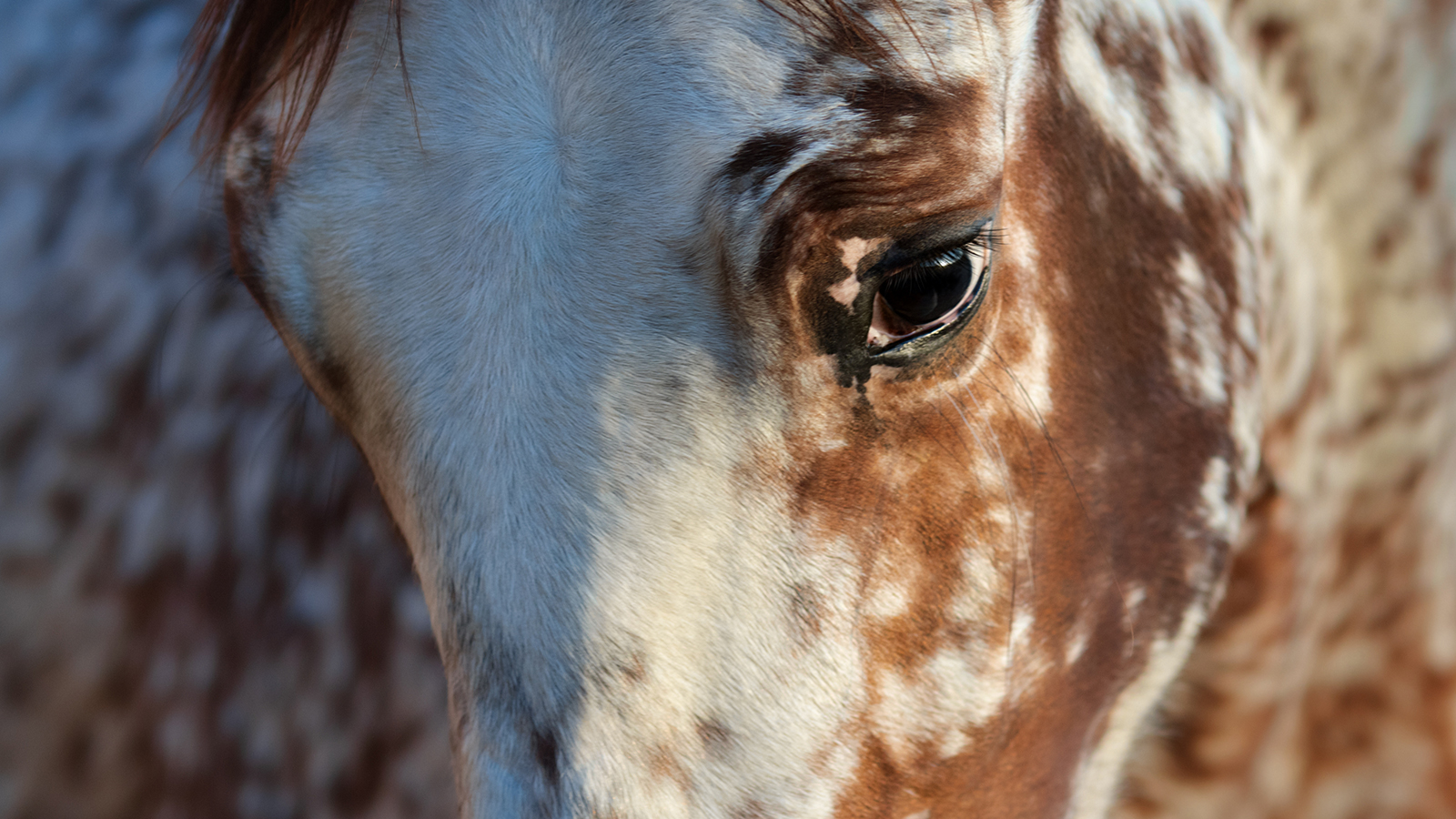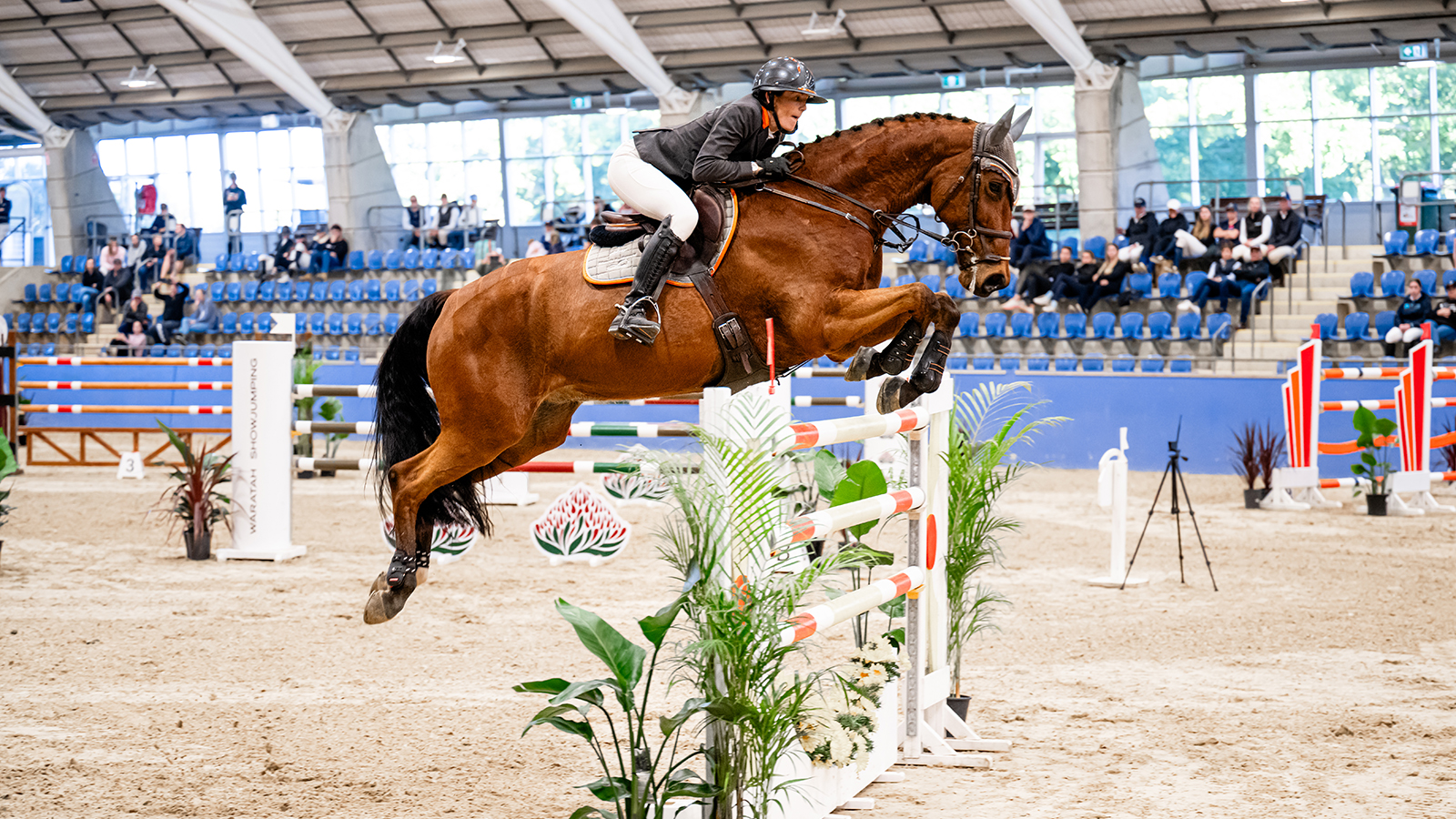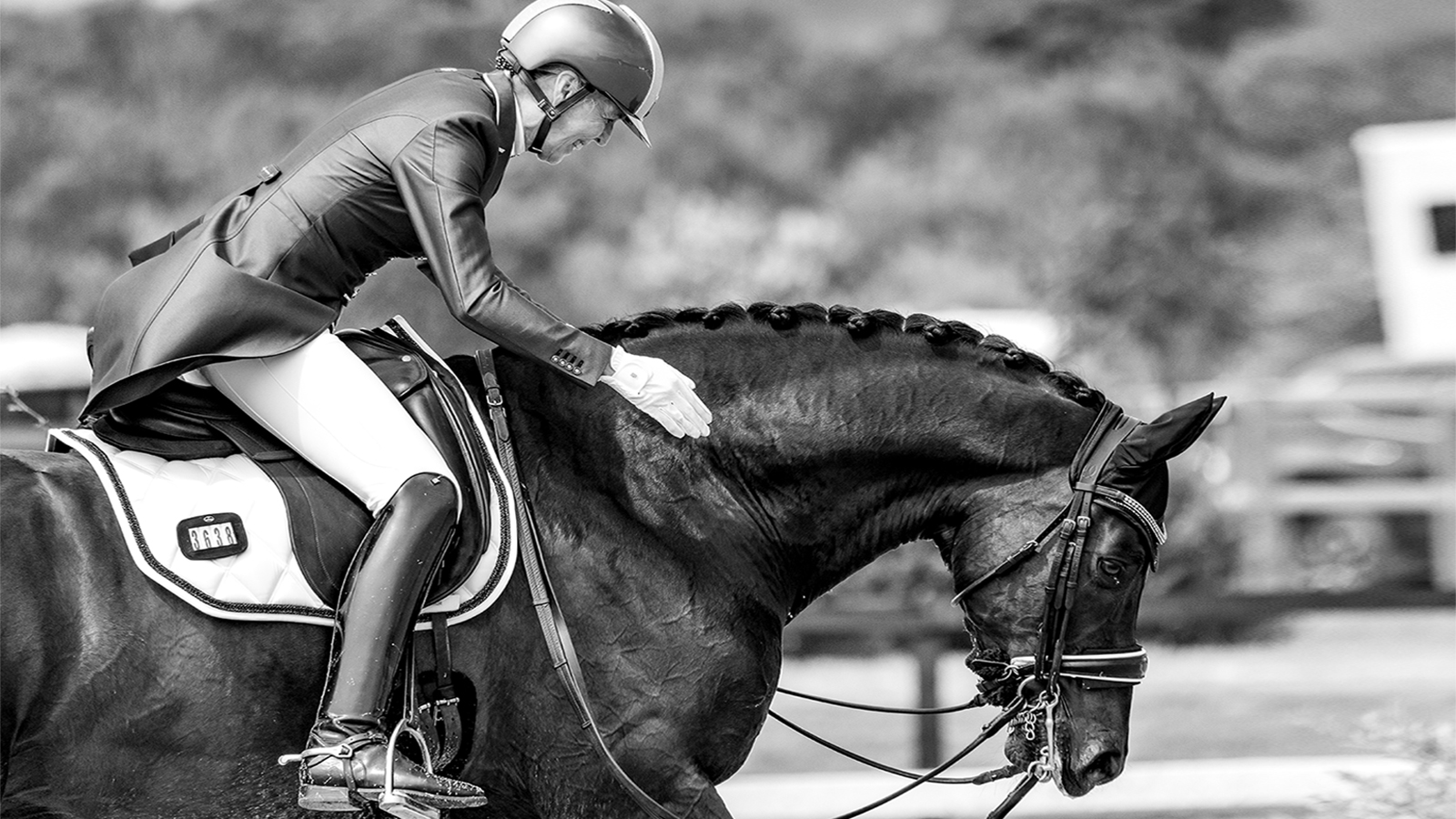Kyrgyzstan is difficult to pronounce and tricky to get to — but, generally, the people of this landlocked country in Central Asia are welcoming. Especially those you meet when trekking around the mountains on their Chaar Appaloosas.

The Appaloosa ‘Pay N Go’ was commissioned by Paul McCartney to perform inside a Manhattan church. Image supplied.
Your average horse lover has always associated the Appaloosa with the Americas. Understandably so because of all the documentaries about the Nez Perce tribes and all the westerns with Marlon Brando, Viggo Mortensen and other Hollywood actors.
And let’s not forget ‘Pay N Go’ the spotted grand prix gelding from Texas commissioned by Paul McCartney to perform inside a Manhattan church during a memorial service for his wife. Linda had loved the American Appy, descendants of those that had been imported by Spanish settlers in the 1500s.

Chaar horses have a long history in Kyrgyzstan. Image by International Chaar Appaloosa Horse Association of Kyrgyzstan.
“I was forced
to look again at
her speculations.”
But the woman persisted. “Her emails didn’t stop and eventually I was forced to look again at her speculations. On a map, what she was suggesting was technically and geographically plausible. If it were true, everything about this horse’s history was wrong. We had a mystery to solve.”

Chaar horses grazing in Kyrgyzstan. Image by International Chaar Appaloosa Horse Association of Kyrgyzstan.
Time for Woodman to make another documentary. Its title: True Appaloosa – The Search For The Spotted Horse. He collaborated with Munarbek Kuldanbaev who had been with him on the previous film. Born in Toktogul, surrounded by the Tian Shan mountains, Munarbek was fond of horse and equine culture, had graduated from Kyrgyz National University, worked in tourism and as a director’s assistant and producer in the film industry.

The film poster for ‘True Appaloosa – The Search for the Spotted HOrse’ (2015). Image supplied.

Chaar Appaloosas originate from the Kyrgyz Tien Shan mountains. Image by International Chaar Appaloosa Horse Association of Kyrgyzstan.
During pre-production research he delved into Chinese history. “I stumbled upon information regarding the connection of the spotted horse to the warlike nomadic people who lived between the borders of China and the Ferghana Valley. Of course, these were our Kyrgyz Tien Shan mountains!” declares Munarbek.
“If it were true,
everything about this horse’s
history was wrong.”

Chaar Appaloosas are connected with nomadic people who lived between the borders of China and the Ferghana Valley. Image by International Chaar Appaloosa Horse Association of Kyrgyzstan.
“Because I often travel around I began noticing spotted horses in pastures in various herds, and in different parts of the country. I started asking people and horse breeders, and always got positive feedback about the excellent qualities of this horse. It differed from others not only in its beautiful colour, but how it endured the mountainous terrain. I bought a spotted horse from the cattle market, fed and cared for it in the same way as my others and after a while I noticed that, indeed, with little food, this horse quickly gained weight and shape, and it was a pleasure to ride.”
In 2012 filming began with Woodman, Munarbek and 69-year-old Scott Engstrom riding a horse for the first time in over 10 years. She was determined to search for the DNA evidence needed to prove her theories.

The International Chaar Appaloosa Horse Association of Kyrgyzstan aims to revive the endangered Chaar Appaloosa horse breed. Image by International Chaar Appaloosa Horse Association of Kyrgyzstan.
“It was a ride which took us over a 4,200-metre-high mountain in search of a lost valley populated only by Kyrgyz nomads and their indigenous horses,” Conor recalls. “Scott’s dream was that by breeding from the purest Appaloosas in the world she could strengthen the bloodline.”
Arduous, soul destroying, frustrating, futile — the group experienced so many emotions; but Scott would not give up. “She’s fiercely individual and won’t stand any nonsense,” says Conor, adding that she’d been married five times. “Her first lasted a day, number four for three months. ‘I wish I’d married a cowboy’, she told him. ‘I’m horsey but none of my husbands were’.”
Unlike her marriages her film had a happy ending: A herd of Appaloosa-patterned horses was found, DNA collected and tested at Texas A&M. The geneticist determined that the horses were indeed related to Engstrom’s animals, enough so that they seemed to support her theory of Asian rather than Spanish origin. Not only does this rewrite the history of the Appaloosa breed but also that of the horse in the Americas.
The spotted horse had already been on the American continent before the Spanish conquerors brought it on their ships. It had crossed the Bering Strait years before.
In 2015, the film was screened on BBC Channel Four – it was well received and today can be watched via various sites and streaming services.

Chaar horse breeder Munarbek Kuldanbaev. Image supplied.
Because he was strongly focussed on the preservation of this Chaar horse, Munarbek launched an initiative to revive them blending traditional breeding methods with modern techniques. This resulted in the formation of the Chaar Appaloosa International Association. Today he organises events, conducts research and advocates for the preservation of his homeland’s indigenous horses.
(Equestrian Life was keen to locate Scott Engstrom but was unsuccessful. Munarbek hadn’t heard from her for some years and thought she might have suffered a stroke.)
Munarbek’s interests have recently extended to horseball and he is president of the Kyrgyz Horseball Federation. He is also preparing the Chaar Horse Trail Expedition: In the Nomads’ footsteps, which will be held in July 2025. All proceeds from the adventure will directly support the project to revive this special heritage breed.
You can read more about Chaar Appaloosas via the Chaar Appaloosa International Association website and donate to help preserve the breed here. EQ





